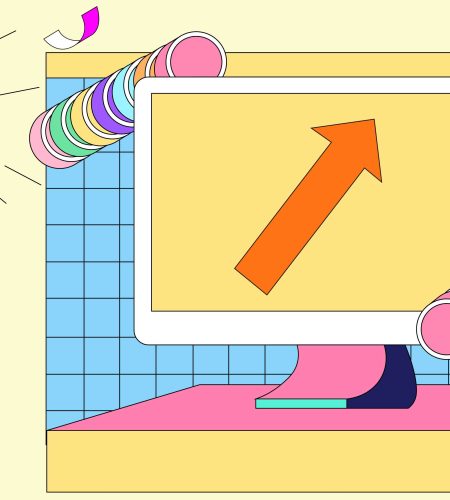The four fundamental options trading strategies, often referred to as single-leg strategies, include buying call options, buying put options, selling call options, and selling put options. These strategies are centered around either buying or selling call or put options.
How to Trade Options?
- Market Prediction: Fundamental options trading requires a clear market prediction, such as expecting a substantial increase or decrease, or predicting that there will be no significant movement either way.
- Strategy Selection: Once you have a market prediction, you can choose a corresponding strategy. For instance, you might buy call options if you expect a significant increase, buy put options for a substantial decrease, sell call options if you anticipate no increase, and sell put options if you predict no decrease.
- Opening a Position: This involves buying or selling to open and choosing options with a specific strike price and expiration date.
- Closing a Position: Typically, you can choose to close the position early or hold the in-the-money options until expiration, allowing the out-of-the-money options to expire worthless.
Let’s delve deeper into the strategy of buying call options by considering scenarios, descriptions, examples, characteristics, and notes.
1. Scenarios:
- When you expect the underlying price to rise significantly, you can choose to buy call options. This way, you can leverage your returns from the price increase without using much capital.
- Buying call options during an uptrend can prevent you from missing out on potential profits, control potential losses at a lower cost, and strive for high returns.
2. Description:
Buying call options involves paying an option premium to buy a contract. This contract gives you the right to buy a specific asset (the underlying asset) at a predetermined price (the strike price) at a specific time (the expiration date).
For example, at Coincall, you spend $2,000 to buy one BTC call option with a strike price of $30,000 and an expiration date of June 30, 2023, which is BTC-30JUN23-30000-C. This means that you have the right to buy one BTC at a price of $30,000 on June 30, 2023.

3. Examples:
Suppose the current BTC price is $25,000, and we expect the price to rise rapidly, so we buy a near-month BTC call option with a strike price of $26,000 for a price of $1,000.
At expiration, if the BTC price rises to $28,000, the option will make a profit of $1,000, calculated as follows:
28,000 (expiration price) – 26,000 (strike price) – 1,000 (premium) = 1,000
If the BTC price falls to $25,000, the call option will become worthless and will not be exercised. Your maximum loss is the entire premium, which is $1,000. This is what we often refer to as buying an option with “limited risk, unlimited reward”.
Profit and Loss Table:
| Expiration Price | Strike Price | Option Premium | Profit/Loss | Option Type |
| 28,000 | 26,000 | 1,000 | 1,000 | in-the-money |
| 27,000 | 26,000 | 1,000 | 0 | in-the-money |
| 26,000 | 26,000 | 1,000 | -1,000 | at-the-money |
| 25,000 | 26,000 | 1,000 | -1,000 | out-of-the-money |
The profit and loss charts shown above are for the expiration date of the options. In trading, most investors choose to close their positions early. At this point, calculating the profit and loss for buying call options is simpler: buyer’s profit and loss = closing premium – opening premium, which is the income from the difference in option premiums earned through buying and selling.
4. Advantages:
- The price of a call option moves in the same direction as the corresponding underlying asset. Therefore, buying call options can be profitable if the underlying asset is expected to rise.
- Options offer a higher degree of leverage than futures, allowing investors to achieve multiple returns.
- The maximum loss when buying call options is the premium paid, while the maximum profit is theoretically unlimited.
5. Notes:
- For new investors, it is advisable to start with a small position.
- Most investors choose contracts with high liquidity.
- The more out-of-the-money the options, and the closer to expiration, the higher the leverage.
- Buying call options come with the risk of losing all the premiums if the option contract is out-of-the-money at expiration.
- Liquidity risk can affect the income from options transactions due to potential slippage.

Comments